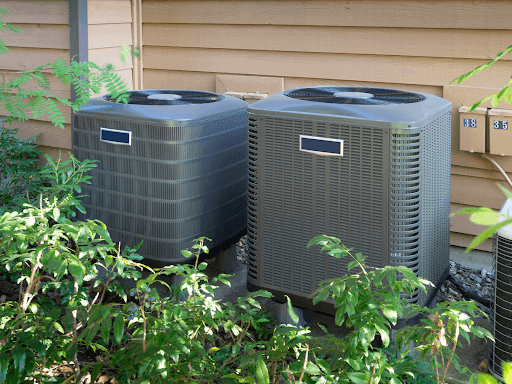The Truth About Higher-Rated SEER Cooling Systems

Buying more energy-efficient appliances may seem like a smart choice in most cases, but are you really getting your money’s worth? It doesn’t appear so in the case of cooling systems. While higher-rated SEER air conditioners may lead to slightly lower monthly energy costs, these savings often fail to compensate for the higher upfront costs when purchasing a more efficient cooling system over its lifetime.
Keep reading as HVAC.com discusses what a cooling system’s SEER rating is and why you should consider buying a unit with a SEER rating of 14 or 15, rather than potentially spending thousands more on a higher-rated system.
What Does a SEER Rating Even Mean?
SEER, or Seasonal Energy Efficiency Ratio, is an HVAC industry term that measures how energy efficient a cooling system is on a seasonal basis. In certain conditions, a higher SEER rating indicates the cooling system uses less energy to produce the same amount of cooling.
The U.S. Department of Energy and the Air Conditioning, Heating, & Refrigeration Institute created the SEER measurement in 1992. The industry group includes more than 300 air conditioner manufacturers across North America.

SEER Rating Chart
There is a minimum SEER rating set by the Department of Energy. In northern states, it’s 14 or higher, while homeowners in southern states must have a unit with a SEER of no less than 15. Cooling systems with a 14 or 15 SEER rating are considered highly efficient.
Older air conditioners typically have significantly lower SEER ratings. For example, air conditioners from the 1990s generally have SEER ratings of 8-11.
As of the 2020s, the highest SEER-rated AC is 26. They are highly expensive and not commonly found in homes.
Minimum SEER Standards by Region

Is a High SEER Rating Really Worth It?
HVAC manufacturers often claim higher-rated SEER cooling systems excel at removing excess humidity, lowering a home’s carbon footprint more effectively, and reducing energy bills. However, these benefits are often incremental when weighed against the considerably higher costs associated with buying and installing the cooling system, along with the elevated costs of maintaining and replacing parts on a highly efficient unit.
Ductwork is Important for Higher-SEER Units
In some cases, homeowners are required to install new ductwork to ensure the higher-rated SEER air conditioner operates at its peak efficiency level. Failing to upgrade old ductwork can negate the air conditioner’s higher-efficiency rating.
Parts for Higher-SEER Cooling Systems Are More Expensive
Opting for a higher SEER cooling system comes with the downside of potentially increased maintenance and repair challenges. These units can be more prone to breakdowns, and when repairs are needed, the replacement parts tend to be significantly more expensive compared to their lower SEER counterparts. Replacement parts for high-SEER cooling systems can be 10-20% higher than standard SEER systems. Some of the most common replacement parts include compressors, condenser coils, fan motors, and capacitors.
How SEER Affects Costs
While HVAC.com’s research found that air conditioners with higher SEER ratings may slightly lower monthly energy bills, the savings are rarely significant enough to recoup the higher purchase cost over the lifespan of the system.

The Bottom Line: A Lower SEER is Actually More Cost-Effective
Buying a cooling system with a lower SEER rating is more cost-effective in the long run. A cooling system with a SEER of 14 or 15 will provide energy-efficient cooling for years to come. You’ll avoid paying thousands of extra dollars for a higher SEER system, as well as higher costs on repairs and parts that are often associated with them.